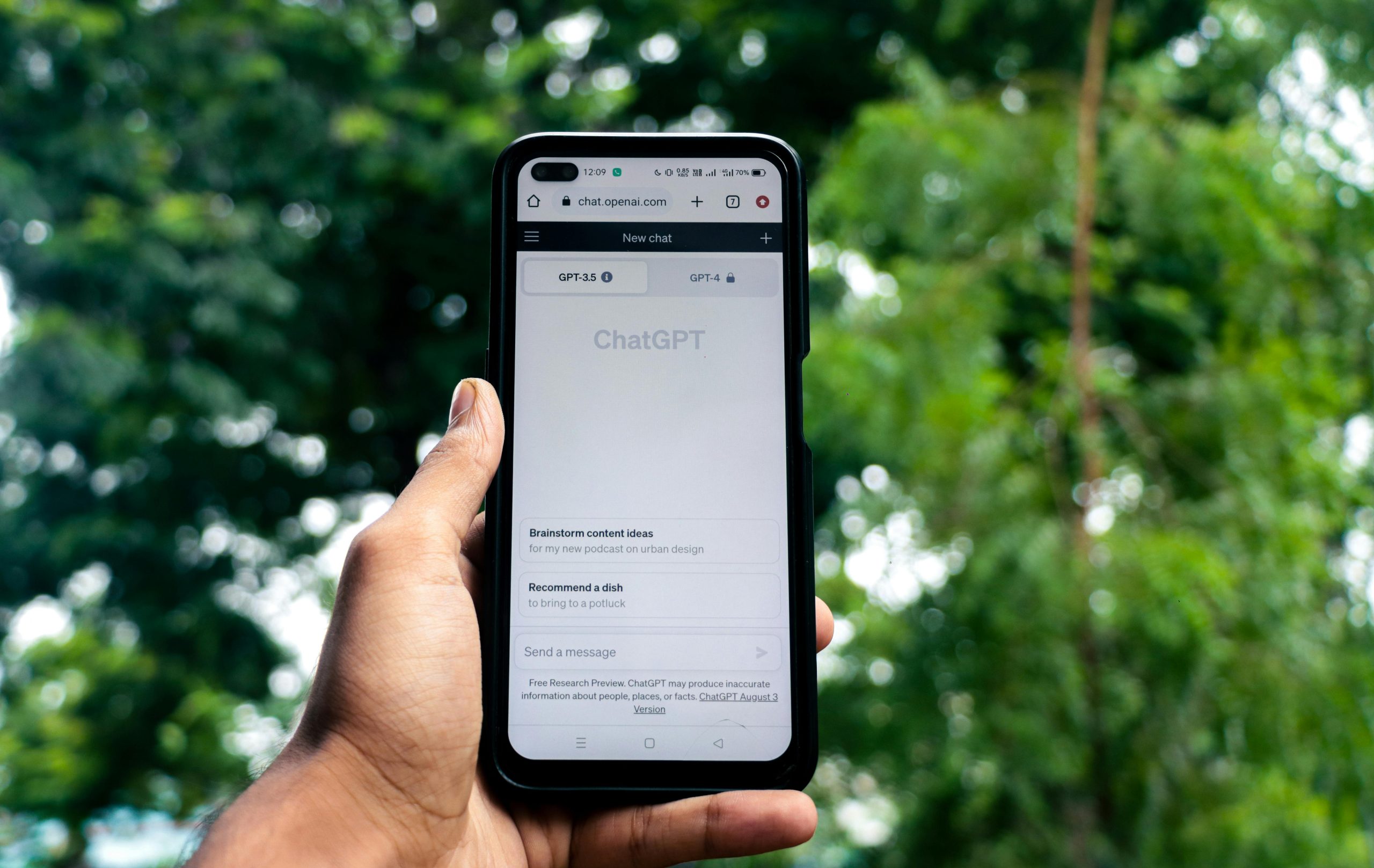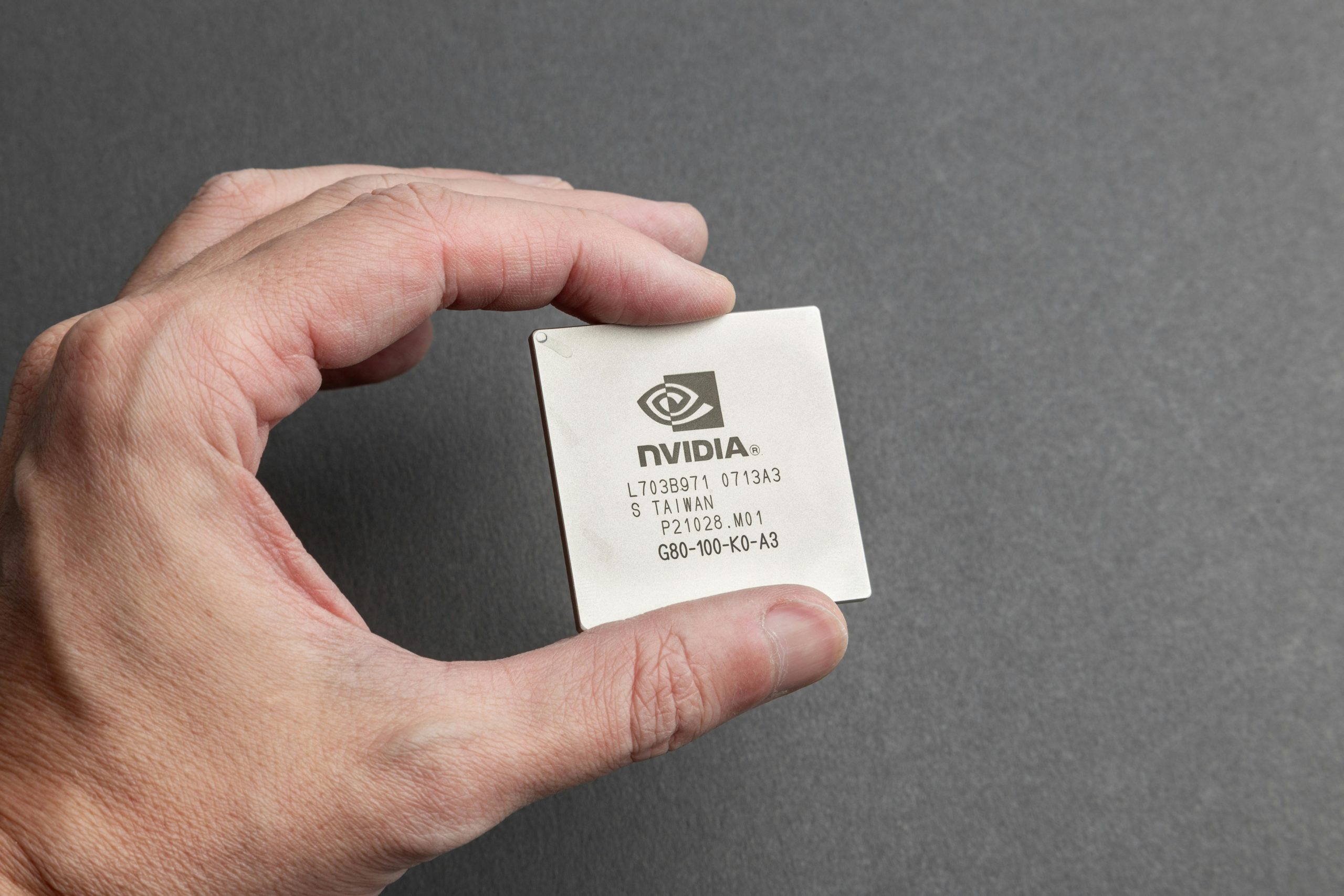
Performance Metrics: Intelligence That Doesn’t Compromise Speed
When a model gets faster, the natural, skeptical question is: *What did they sacrifice?* The narrative around GPT-5.1 is compelling because the architectural refinements—like the adaptive reasoning system—claim to deliver on both ends of the spectrum: blazing speed for the mundane and elevated intelligence for the hard problems.
Quantifiable Gains: The Speed of Simplicity
For the vast majority of API calls—the quick questions, the single-line code completions, the simple data extractions—the model defaults to a “no reasoning” mode, making it incredibly streamlined. The reported speed improvement over the predecessor is significant, often cited as being up to **twice as fast** on these routine inquiries. Imagine the difference this makes across thousands of daily micro-interactions in an embedded tool like an IDE copilot; the friction vanishes.
This efficiency is a direct result of computational budgeting. The model is trained to be judicious with its cycles. It’s no longer forced into a deep-thinking mode for simple requests, leading to a much better token efficiency profile for the common user journey. This responsiveness significantly enhances the *perception* of the model as a partner rather than an obstacle.
Frontier Intelligence: The Proof on Paper. Find out more about GPT-5.1 API enhancements for developers.
The true test for any flagship model is its performance when pushed to its limits. While speed is gained on the easy end, the deep reasoning capacity is not just maintained; it’s elevated. This is where the new adaptive system shines: it knows when to *spend* the tokens.
The data from the rigorous **SWE-bench** framework offers a concrete example. This benchmark, which tests a model’s ability to resolve real-world software engineering issues by generating correct code patches, is the industry’s yardstick for practical coding intelligence. GPT-5.1 has demonstrated an improved success rate, reportedly achieving a score of seventy-six point three percent (76.3%) Verified. This is a material gain over the previous generation, proving that the pursuit of approachability and speed has not dulled its cutting-edge frontier intelligence.
Consider these benchmark snapshots (all current as of November 14, 2025):
It’s the best of both worlds: instant answers when you’re in a hurry, and proven, higher accuracy when the task demands deep, multi-step planning. For architects, this means you can now confidently deploy GPT-5.1 into more critical, complex backend processes, knowing the raw intelligence needed for high-stakes decisions is superior.
The Strategy: A Deliberate Approach to Deployment and Adoption
Releasing a model this powerful is an engineering feat, but rolling it out is a strategic exercise in managing user expectations and ensuring platform stability. The adoption strategy for GPT-5.1 clearly demonstrates a tiered approach, rewarding existing high-value users while engineering a smooth public transition.
Phased Access: Rewarding the Core Community
The deployment commenced immediately for all existing paid subscribers across the Pro, Plus, and Business tiers on November 12th. This is a classic, smart move: give your most engaged users—the ones building critical production systems and providing the most intense, high-fidelity feedback—first access. They serve as the real-world, high-intensity stress test before the wider population adopts it.. Find out more about GPT-5.1 API enhancements for developers tips.
Following this initial window, the rollout is slated to expand progressively to include free users and those accessing the models without logging in. This methodical approach is designed to prevent platform instability while maximizing the pool of users who quickly benefit from the perceived conversational improvements. If you’re on a paid tier, your team should already be experimenting with the new API endpoints and tool availability. If you’re on a free tier, expect the new, warmer default experience in the web interface soon.
The Grace Period: Minimizing Workflow Disruption
One of the most thoughtful provisions in this release is the transition strategy for API users. OpenAI recognizes that a significant shift in an AI’s conversational style—even subtle changes in verbosity or tone—can disrupt established, finely-tuned workflows that rely on the previous model’s *exact* output characteristics. For paid API subscribers, this means the previous GPT-5 models (Instant and Thinking) are not immediately cut off.
Instead, they will remain accessible via a “legacy models” dropdown menu in the UI and likely as separate endpoints in the API for a defined period, anticipated to be **three months**. This grace period is explicitly intended to give teams ample time to:
This calculated delay minimizes business risk associated with abrupt changes to your core AI infrastructure. If you are migrating, use this time wisely to test for any prompt drift. Understanding the landscape of model versioning is crucial for any serious version control for LLMs setup.
The Big Picture: Broader Implications for AI Interaction and the Future of Work
The significance of the GPT-5.1 update ripples far beyond the token counts and benchmark scores. It signals a maturation in the understanding of what truly makes an AI assistant indispensable: it’s not just logic; it’s social and contextual intelligence.
The Unspoken Demand for Empathetic AI Assistants
The successful integration of ‘warmer’ tone and personality options is not just a gimmick. It confirms a powerful market reality: users increasingly demand that their AI assistants possess superior social intelligence alongside superior logic. The age of the overtly robotic, purely transactional interface is officially in its twilight. The threshold for what qualifies as a “helpful” AI has been permanently raised to include emotional resonance and communicative adaptability.. Find out more about GPT-5.1 API enhancements for developers overview.
When an AI can match your tone—be playful when you need levity, or maintain strict professionalism when presenting data—it integrates into team dynamics and organizational culture with less resistance. This forces a new metric for success in the next generation of corporate tools: How well does the AI collaborate socially? This trend mirrors broader research indicating that systems capable of exhibiting emotional intelligence see vastly higher user satisfaction and adoption rates in professional settings, as noted in analyses tracking trends in AI agent adoption.
Deeper Architecture: The Road to True Personalization
While the user-facing news focused on personality, the underlying technical narrative—the persistent rumors that are now seemingly confirmed—paints a much grander picture of the core architecture. The rumored move to a **Mixture-of-Agents (MoA) framework** for the base GPT-5 architecture, refined in 5.1, signals a strategic pivot away from monolithic scaling toward specialized, interconnected cognitive modules. This is akin to moving from a single, brilliant generalist to a highly efficient, collaborative team of specialists.
But the most profound shift lies in the persistent features:
If these features mature as described—and the API caching upgrade strongly suggests they are foundational—the concept of a ‘shared’ LLM will dissolve. We are moving toward highly personalized, context-aware cognitive companions. This is the future where the AI doesn’t just answer your question; it answers *your* question, informed by everything you’ve done in the last year. This trajectory towards autonomous, self-learning partners is what industry analysts have been predicting for the coming years, as AI systems mature from assistants to autonomous workers.
Conclusion: Your Move to the Agentic Future
GPT-5.1 is not just an iteration; it’s the production standard for building the next generation of AI applications. It’s the moment where the theoretical possibilities of AI agents become concrete, reliable engineering tasks. The API enhancements—the patch tool for reliable editing, the shell tool for external interaction, and the 24-hour caching for cost-efficiency—provide the necessary scaffolding for robust, autonomous workflows.
The market is signaling a clear direction: AI tools must be intelligent, fast, and culturally adaptable. The focus has decisively shifted from *if* AI will be embedded to *how* we build it to be trustworthy and economically viable.
Key Takeaways and Actionable Insights for Today (November 14, 2025):
apply_patch tool for reliable code edits and the shell tool for production-level system interaction.What are the first mission-critical agent workflows you plan to transition to the new apply_patch tool? Let us know in the comments below—the conversation about what’s possible has just begun.










